Phacelia: When to Sow and Seeding Rate
Many lands, no matter how they are fertilized and cultivated, remain poor. On them, crops do not bear fruit, but are more sick and affected by pests. In order to refresh the soil, it is recommended to plant an inconspicuous-looking flower - phacelia... He is able to improve the quality of any soil. But you should know how much it needs to be planted in a certain area and what is the care for enhanced growth.
Content:
- Phacelia - description and types
- When to sow: timing and rules
- Seeding rates
- Care Tips
- Benefits of using phacelia
Phacelia - description and types
Phacelia is a type of plant that contributes to the saturation of the soil substrate with fertile properties, enriches it with nutritious vitamins. Moreover, it is often used for decoration in flower beds or alpine slides.
The genus Burachnikovs, to which the phacelia belongs, comes from the Vodolistnikov family. It is widespread in South and North America. In terms of species qualities, it refers to both annual representatives and perennial ones. It tends to bloom throughout the summer.
Phacelia is represented by several types of plants:
- Tansy - is planted both for the interior in the garden and for household needs. It boasts inflorescences of a gray-blue tone, not exceeding 2 mm.
- Bell-shaped - the flowers are collected in bright dark blue tassels, opening from the second half of June.
- Pursha are the largest representatives of the subspecies. The inflorescences reach up to 3 cm in size and stand out with a white color with a purple border.
- Twisted - unlike the bell-shaped form, the flowers are located only in the upper part of the plant and differ not only in their small size, but also in a small number.
The stem of the plant is erect, branching in different directions. On the surface of the sprouts there are small villi-bristles, completely framing the entire surface of the stem. At the same time, the main branching part has a very fragile base that breaks easily. But under favorable conditions, the plant can stretch up to 50-90 cm in height.
The leaves have a regular arrangement, from above they are covered with stiff tiny bristles. The form of greenery is represented by different types from feathery to dissected, they are lobed.
The peduncle shoots on a short peduncle. The inflorescences are of the correct shape, in nature they are found in yellow, white, blue or purple colors. Different types of flowers come in different appearance options: spike-shaped, bell-shaped or tubular. The buds open gradually as the previous ones bloom. Thus, although the plant has the same structure, it boasts a variety of appearance and colors.
When to sow: timing and rules
Due to the fact that the plant can be used for different purposes, the sowing time is also different. So, for example, in order to improve the quality of the soil, it is possible to plant a plant up to 2-3 times per year. Seeds are planted both at the end of autumn - before winter, and in the spring-summer months.
The plant is not afraid of frost, therefore, seeds are planted in most cases directly in the open ground.
The first shoots germinate even at sub-zero temperatures (up to -10 C).Sowing is carried out in early spring (early March), while vegetable crops have not yet been planted. The plant quickly gains strength and grows into a large bush. Already after 1-1.5 months, the first opened inflorescences appear.
During active flowering phacelia beveled at the root. The greens are crushed and then mixed with the top fertile soil layer. After that, they begin to prepare the garden for planting vegetables. If the soil is excessively depleted, then it is recommended to sow phacelia not once in the spring, but throughout the summer season. Therefore, after the digging of the earth is carried out after 45 days of plant growth, in a week you can re-sow the prepared bed with new seeds.
Experienced gardeners do not miss planting in the autumn months (end of November). Having planted seeds, you can get fertile soil enriched with organic fertilizers by spring.
When preparing for sowing seeds, you need to know certain rules:
- Before planting, the selected area should be well dug up to a depth of 15-20 cm, while breaking large clods of soil and removing weeds.
- After digging in, the ground must be leveled and watered well.
- Before the seeding procedure, the planting material must be mixed with sawdust or river sand.
There are two methods of sowing - evenly spreading over the territory of the garden or the formation of streams in which the sowing will be carried out. The second method is more reliable, due to the fact that in the furrow the seeds will probably not be carried away by ants or spoiled by other insects. Thus, the first shoots appear in 7-114 days under favorable conditions. It remains only to periodically water and enjoy the beauty of a useful plant.
Seeding rates
Phacelia propagates by seeds. They are harvested from flowering plants after the first flowering. The capsules of the finished plants open, and the seeds in them take on a light brown hue. The latter are collected, carefully peeled and dried. The main thing is not to overmoisten the planting material. If the seeds are in an environment where the humidity exceeds 15%, then the probability of good germination for the next planting period decreases sharply.
Seeds must be placed in well-prepared soil, loose and airy. The depth of immersion in the ground should not exceed 3 cm. Otherwise, there is a risk of rotting of sprouts or their very long germination (up to 20 days). The sowing rate must be calculated correctly. When sowing on one hundred square meters, only 120 g of planting material will be needed. But the peculiarity of this culture is that it grows in large volumes.
So from 10 m2 after mowing, at least 250 kg of good green manure is harvested.
This mass is equal to 250 kg of fresh manure. Therefore, digging up greens has such a beneficial effect on subsequent crops. In areas where there is no natural precipitation for a long period, sowing is recommended mainly in May, in the first half of July, and at the end of August. The best planting recommended by experienced gardeners is by cultivating rows, the gap between which will be from 45 cm to 60 cm.
In this case, planting material is consumed in the amount of 5-6 kg per 1 hectare. At the same time, if the gap between rows decreases, then the seedling rate reaches 7-8 kg per hectare. After digging up along with the green mass, the leaves and stems of the phacelia are subject to rotting in a short time. During this process, there is a large release of nitrogen into the soil, which is a fertile vitamins, so necessary for a rich harvest of vegetable crops. Thus, a small number of seedlings can provide nutrients to a fairly large area of poor, depleted soil.
Care Tips
Phacelia is not a capricious culture. Its only requirement for normal and rapid growth is that it does not tolerate long standing waters and large waterlogging.From this, the plant dies in a short time. Loves sunny areas, but will not refuse shade. It is not necessary to locate plots with crops in areas with drafts. Loves light, breathing earth. It categorically cannot grow in soil with high acidity and salinity.
Although abundant watering is not acceptable, it is still necessary to irrigate, since seedlings cannot grow in dry soil.
Therefore it is recommended to moisturize in moderation as needed. Grow on seedlings the plant is not worth it, after transplanting it takes root for a very long time and is very sick. Therefore, it is more advisable to plant seeds directly into the soil - faster and more reliable. During periods of heavy rains, it tends to stop growth and development, because of this, the duration of seed ripening slows down.
For abundant flowering, it is recommended to periodically add mineral dressing... It should be loosened when the soil is strongly drying out, especially after rains. It responds with active growth when removing weeds that can "crush" the bush. It is necessary to collect planting material from the first faded inflorescences, they are the ones that give the largest and strongest seedlings.
Benefits of using phacelia
Initially, it should be noted that making phacelia into the soil has a positive effect on nitrogen replenishment of the soil. This is the most important factor in obtaining a rich harvest from crops that will be planted later. It is advisable to carry out such planting every 3-4 years. It should be noted that the roots of the phacelia independently contribute to the loosening of the soil, due to the powerful structure and large growth over the surface of the substrate.
The phytosanitary abilities of the plant are no less important:
- Attracts a large number of insects, which tend to destroy, eating harmful inhabitants of the sown area.
- Has the ability to reduce the increased acidity of soils, while helping to eliminate weeds.
- Thanks to planting, it is possible to prevent the development of viruses and diseases (late blight, root rot) on vegetable crops planted after green manure.
- Differs in a deterrent smell for nematodes, wireworms and other insects that harm plantings.
- Due to the fact that the plant blooms profusely, it attracts a large number of pollinating insects. Therefore, the percentage of pollination of everything around that is next to the growing site increases;
It can be concluded that phacelia is not only a useful top dressing for the soil, but also a healing component for the entire garden. Thus, green manure is very easy to grow, collect seeds, while structuring and enriching the soil substrate, has the ability to regulate acidity and neutralize pests and diseases.
More information can be found in the video:



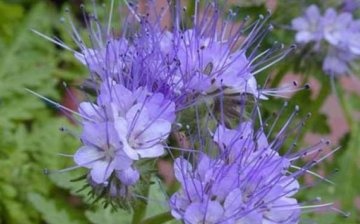
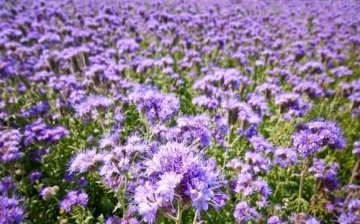
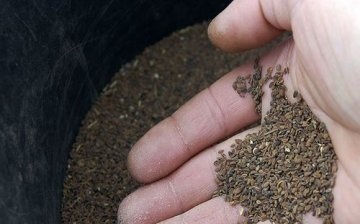
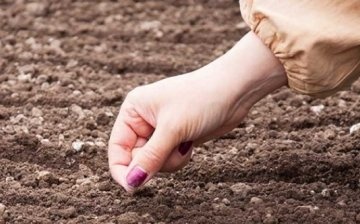
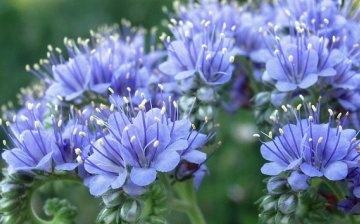
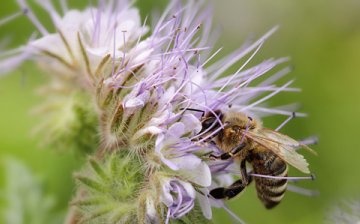






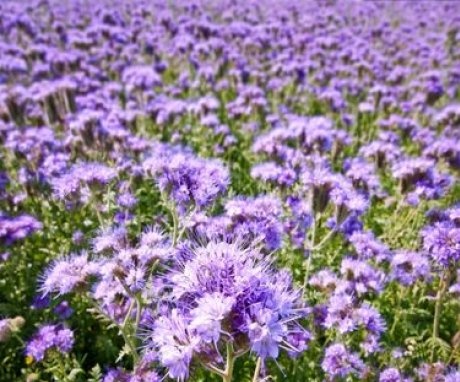
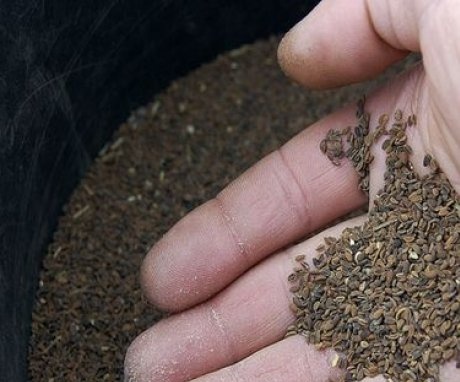
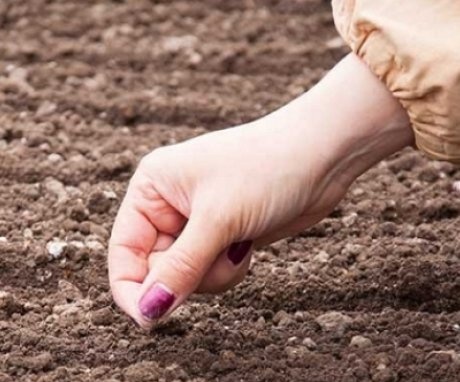
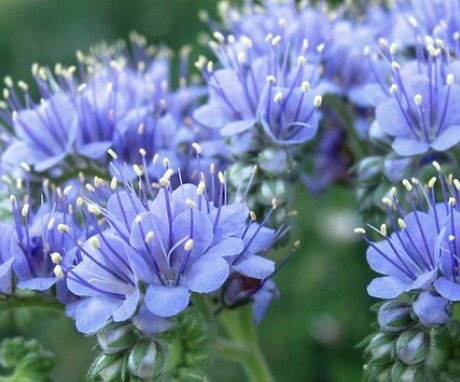
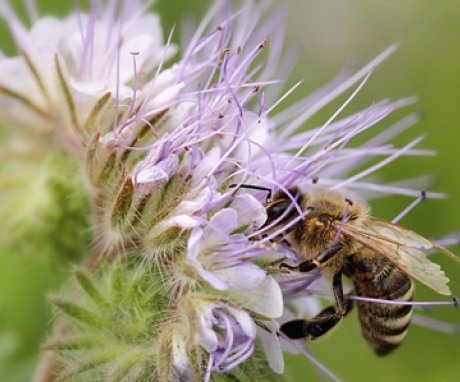
Unpretentiousness to soil and maintenance, very good quality of phacelia.
Therefore, in my opinion, this is the best plant to give rest to the soil, without applying any fertilizers.
All the same, after a year or two, the land after the phacelia can be considered very fertile.
Somehow I am not asked with this culture. Looks like I'm doing everything wrong. It will be really necessary to try to throw seeds on the dug-up land - fortunately, the main massif was dug up in the fall, and it will be possible to do this in early spring.